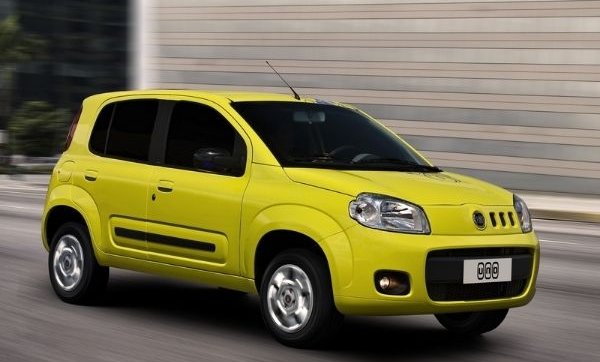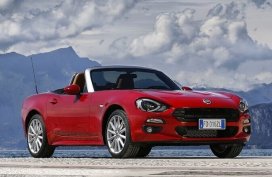Fiat Uno Price Philippines & Official Promos
- Overview
- Price List & Promos
- Model Specs
- Owner Reviews
- Compare Rivals
- Reviews & Videos
- News & Advice
Fiat Uno Philippines Overview
Launch
The first series of the Fiat Uno was released in 1983 as a replacement for the Fiat 127. During the introduction years of the Fiat Uno, it gracefully competed with other supermini vehicles such as the Peugeot 205, the Opel Corsa, the Nissan Micra, and the Ford Fiesta. Due to its wide array of engine options and overall versatility, it was hailed as the European of the year for 1984 beating the Peugeot 205.
In 1985, a hot hatch version of the Fiat Uno was presented powered by a 1.3 128 engine paired with Bosch multi-point fuel injection.
The second series of the Fiat Uno was globally introduced at the International Motor Show Germany. The revamped mini hatchback received a fresh front fascia, sharper tailgate, updated interior, and is now powered by a 1.4-liter engine from the Fiat Tipo.
In the Philippines, Fiat collaborated with local automaker Francisco Motors to produce the Fiat Uno from 1992 to 2000. The partnership was under the People’s Car Program that aimed to increase car assembly, create jobs, and compete with reigning models such as the Nissan Sentra and the Toyota Corolla.
Exterior
The Fiat Uno measures 2,362mm long, 3,689mm long, and 1,562mm tall. It features a boxy exterior highlighted with a pair of square headlights, amber turn lights, two-slotted radiator grille, black front and rear bumpers, black side moldings, semi-high roof, square tail lights with stop/braking lights, and a set of 13-inch tires with full covers.
Interior
Though belonging to the subcompact category, the Fiat Uno offers a comfortable cabin courtesy of its 2,362mm wheelbase.
Notable interior highlights include the ergonomically-designed switchgear cluster, main instrument binnacle, durable steering wheel, comfortable fabric-covered seats, and an efficient air conditioning system.
Technology & Safety Features
The Fiat Uno is equipped with child safety locks, front and rear seatbelts, seat belt warning indicator, and engine check warning.
Platform & Chassis
The Fiat Uno is built using the Type One platform. It is fitted with a MacPherson strut independent front suspension and a twist-beam suspension at the rear with coil springs and telescopic dampers. Its braking power is assisted by discs at the front and drums at the rear.
Engine & Drivetrain
The Fiat Uno is a front-engine, front-wheel-drive subcompact hatchback. It was powered by a 903 cc, 999cc, 1,108cc, 1,166cc, a 1,301cc, and a 1.4 Turbocharged engine mated with either a four or five-speed manual transmission or a continuously variable transmission.




